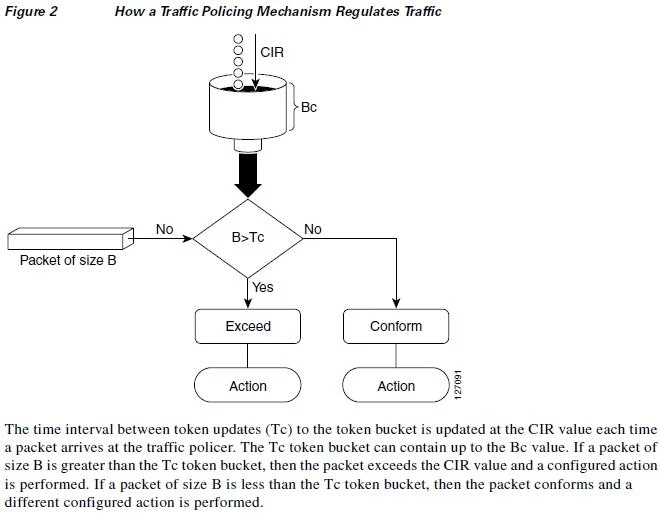Implementing Cisco Service Provider Next-Generation Core Network Services (SPCORE)
Here you have the best Cisco 642-887 practice exam questions
- You have 183 total questions to study from
- Each page has 5 questions, making a total of 37 pages
- You can navigate through the pages using the buttons at the bottom
- This questions were last updated on December 10, 2025
- This site is not affiliated with or endorsed by Cisco.
 ACD
ACD